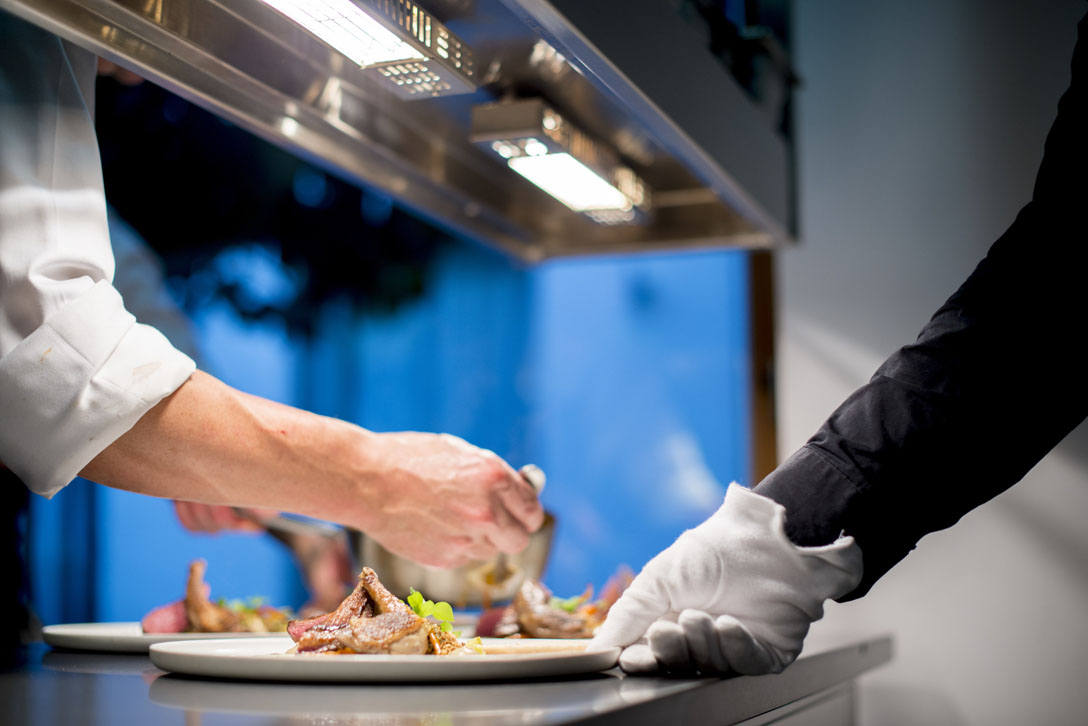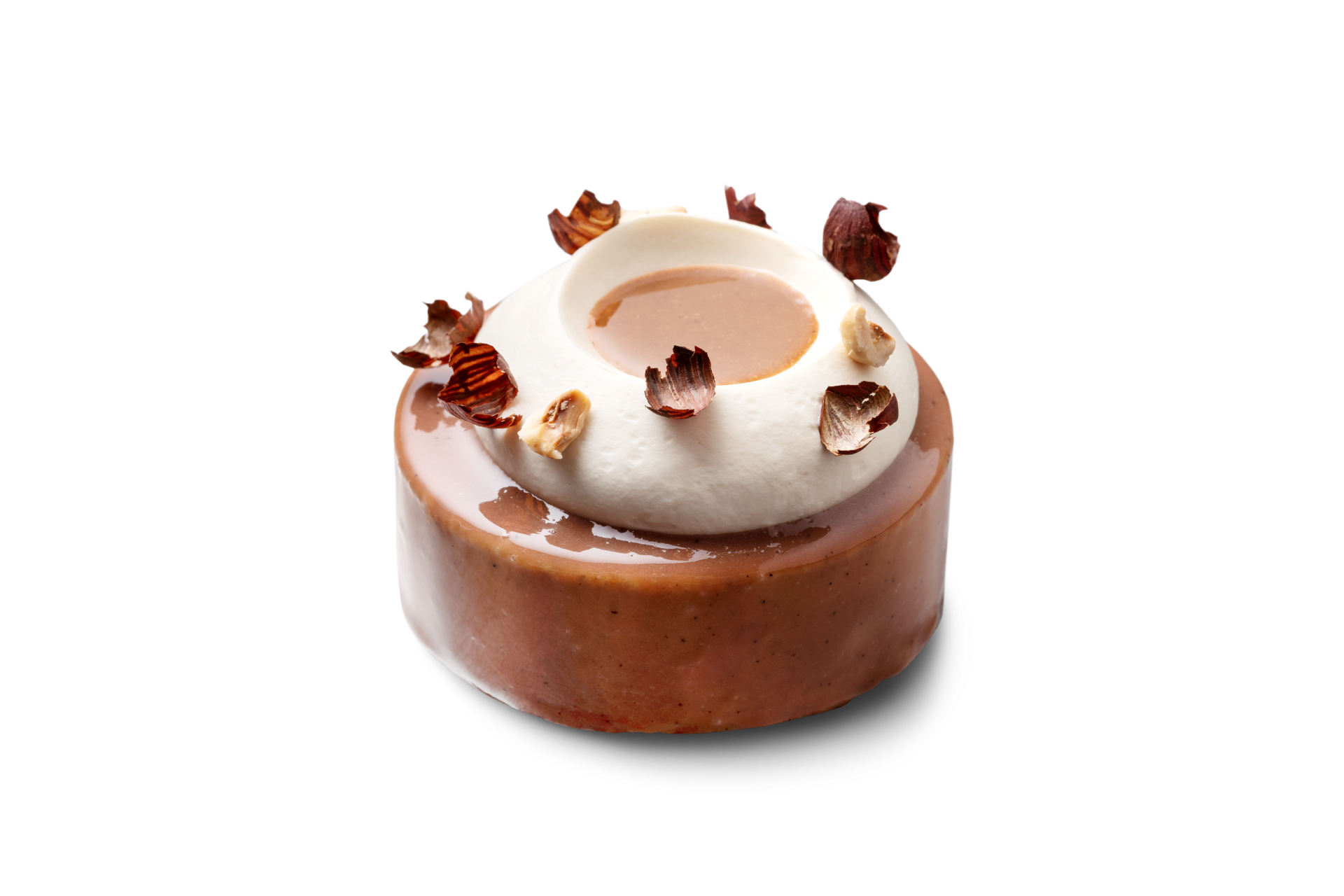Business tips
Tips for reopening your business after lockdown
The current times are proving to be challenging. Many restaurants and pastry stores had to close up shop and bakeries are facing a new kind of ‘normal’ on a daily basis. At the same time, this unprecedented crisis has led many chefs to get creative. They are setting up take-away or delivery concepts or using digital solutions like online ordering systems, webshops, workshops, etc.
This new reality comes with many restraints that will have consequences for your staff as well as your customers. Local regulations might vary between countries. However, two of the most well-known measures to take into account are to ensure hygiene at all times, and to maintain social distancing. These will apply not only in the kitchen, but also in the eating area of your business. We have gathered tips and share our advice on dealing with kitchen staff, setting up your eating area, organizing service and ultimately creating a safe customer experience.

Tips for kitchen staff
It is important to ensure the 1,5m distancing, even between kitchen staff members. This will require changes in the way your team is organized:
- Work with multiple smaller workstations, if possible for example with a small(er) combisteamer per station instead of one oven for the entire kitchen.
- Staff members work with their own tools (knives, kitchen towels, etc.) and disinfect them regularly after use.
- Set up a one dish-one chef rule. Chances are staff members will not be able to maintain distancing when working together on one dish.
- Only allow the necessary people to enter the kitchen area. Communicate this very clearly with other staff members or, for example, external visitors.
Of course, HACCP-rules apply in your kitchen at all times. Now more than ever it is important to follow these rules strictly. Pay extra attention to these guidelines to ensure hygiene:
- Ensure a proper working ventilation system, and air out your kitchen on a regular basis.
- Make sure disinfectant is available at all times. This includes alcohol-based handgels and antibacterial soaps.
- Washing hands very often is still one of the most effective ways to prevent a virus from spreading.
- Encourage staff members to wear face masks or face visors.
- As per usual, staff members should wear a clean chef’s vest and hat or hairnet at all times.
- Take on the habit of changing towels and kitchen attire more frequently and cleaning the kitchen more often.
Setting up your eating area
Your kitchen will not be the only area in the restaurant that will require some changes. Take into consideration the following tips & guidelines to create a safe eating area for your service and guests:
- In the start-up phase, limit the maximum capacity to 30-50% of your normal capacity. Set up tables in a way that a 1,5m distance can be ensured between groups, even when guests have to make their way to the bathroom.
- Use paper table cloths, napkins and placemats. If this does not suit the atmosphere of your restaurant, cotton cloths, napkins and placemats should be replaced after every service and washed at a minimum of 60°C.
- Keep in mind that everything that has been touched by guests during their dinner should be replaced or disinfected after their visit. This includes salt and pepper shakers, sauce bottles, bread baskets, etc. A good alternative would be to look into separately packed portions which can be thrown away after every service. Think of creative ways to prepare these yourselves for that extra touch.
- Menu cards should be disinfected after every use. An alternative could be to put the menu on a screen or chalkboard in your restaurant. Make sure the menu on your website is up to date and refer guests to the online version of your menu when making their reservation. Chances are this will also limit the time your guests will take to place their orders.
- Glasses and tableware should be washed at high temperature after every use. This includes beer glasses.
- Set up a little stand at your entrance with some alcohol-based handgel and complementary hand lotion for your guests.
- If the weather allows it, leave doors open at the entrance. This way guests and staff won’t have to touch (and consequently disinfect) doorknobs.
- Wherever possible mark the 1,5m distancing with tape or paint on floors or set up signaling signs.
- Keep groups of guests at a minimum: max. 2 to 4 people per group. Check your local regulations, some countries will allow groups of max. 6 people.
Organizing service
Creating a safe dining experience for your guests starts or course with the service. Create a new set of rules and boundaries to live by for your service. Remember that service is central to create a safe flow from kitchen to table.
- Staff members serving at the table should wear a face mask and always disinfect their hands after serving.
- If possible, organize staff in such a way that one and the same service member is in charge of clearing the tables.
- Have a staff member welcome guests at the door. This staff member should be the only one to open and close the door.
- Avoid body contact between staff members, as well as between service and guests. Do not shake guest’s hands, even with loyal customers.
- No longer expect service to take guest’s coats. Instead, show guests where to hang their coats on a reserved, and cleaned, hanger themselves.
- Have staff members note down the contact information of at least one guest per group. This will help with contact tracing should anyone of your staff or guests get infected.
- Only allow for staff members to serve at the table. Do not allow guests to pick up orders at the bar and avoid walking dinner or buffet concepts at any cost. If possible, let staff members serve dishes under a cloche.
- Have a staff member show guests to their seat to avoid unnecessary running around by guests. Signal this with a sign at the entrance saying ‘wait to be seated’.
- Seats and tables should be disinfected after every service. Preferably, this should be done by one and the same staff member.
Creating a safe customer experience
Ensuring your guests have a pleasant dining experience will become more challenging. Think of the entire experience of your guests and how you could make this as comfortable as possible. Beginning from the moment guests make the decision to dine out and walk up to your doorstep until the moment they pay their checks and leave, to hopefully return very soon.
- Begin with reservations only. Communicate this with customers on your social media and website, or even by hanging up a poster at your entrance or outside of your restaurant.
- Communicate all the measures your restaurant will be taking in as many ways as possible: on social media, your website, send out an email to guests after reservation, let a staff member give all the necessary information when welcoming guests at the entrance, etc.
These are only some guidelines and suggestions to take into consideration when reopening your restaurant or dining area. One thing is certain: these changes will require a new mindset from your entire team and will bring changes to the way your team is organized. However, your guests will definitely thank you for your commitment and for making them feel welcome and safe.
(Source: Horeca Magazine, Belgium)



